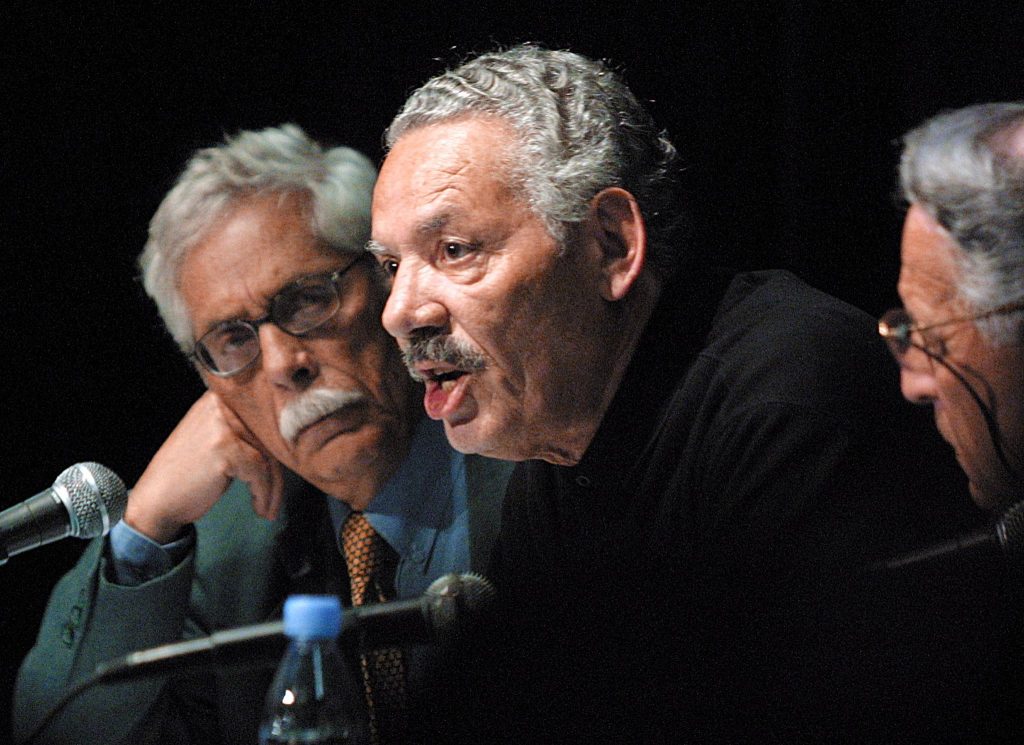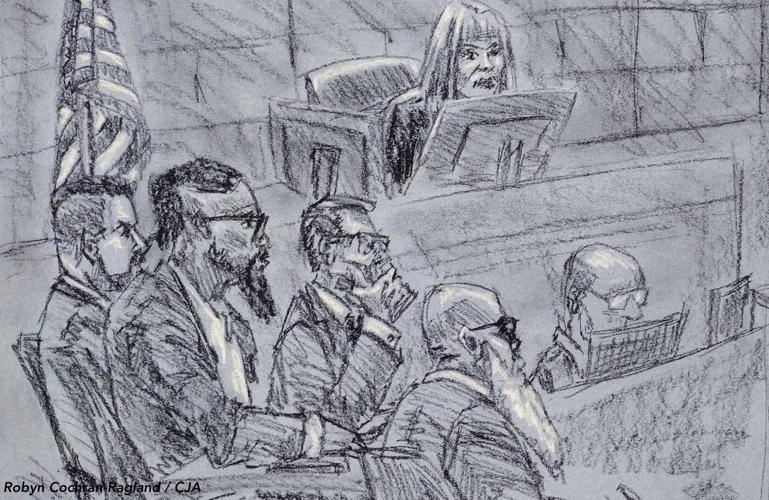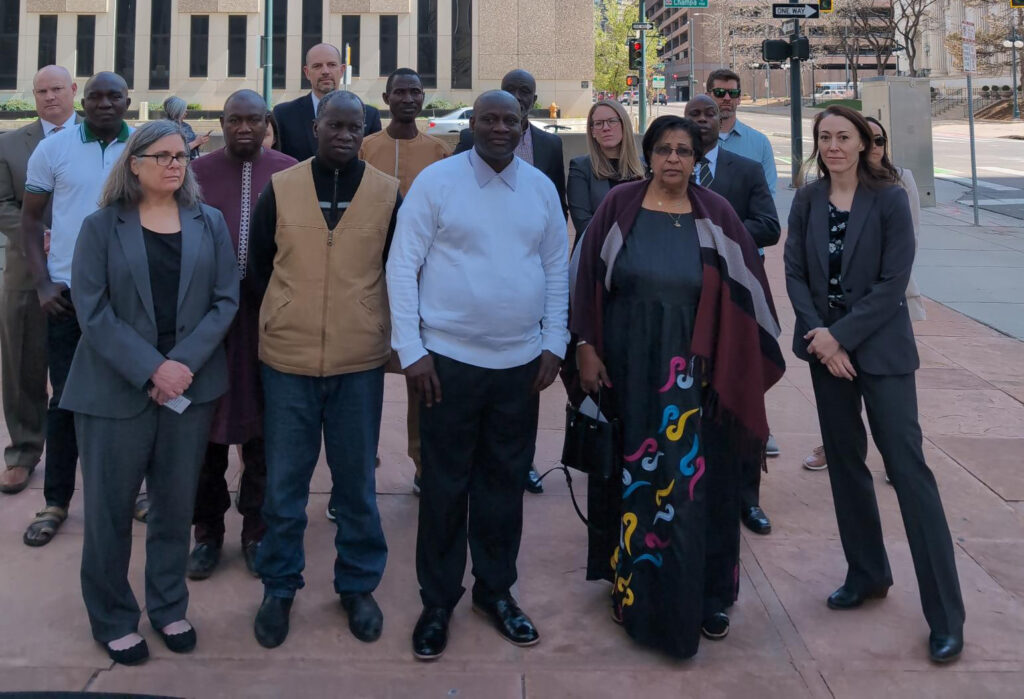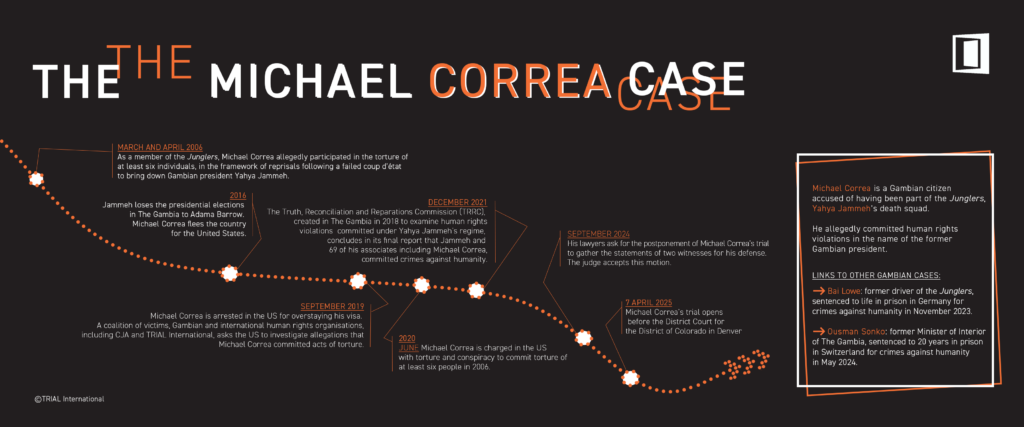Enforced disappearance of 39 persons in June 1992 in Hadžici
In July 2012 TRIAL submitted a collective application to the European Court of Human Rights concerning the enforced disappearance of 39 men whose fate and whereabouts remain unknown to date.
The application refers to events that took place within the armed conflict (1992-1995). In particular, the facts occurred in June 1992 in the barracks of the Yugoslav National Army (Jugoslovenska Narodna Armija – JNA) known as “Slaviša Vajner Čiča”, located in Lukavica.
These events must be read in the general context of the attack carried out between May and June 1992 by Serb forces on a number of villages and towns surrounding Sarajevo, including Hadžići.
TRIAL acts on behalf of 53 applicants, who are relatives of the 39 disappeared men. According to one of the 53 applicants in the case and direct witness of the events, on 22 June 1992, around 12 a.m., Mr. Alija Kardaš was called out from the room where prisoners were kept by an officer and he was taken away. The other prisoners heard the sound of gun-shots. The fate and whereabouts of Mr. Alija Kardaš remain unknown since then.
In the early morning of 23 June 1992 a member of the reserve structure of the Bosnian Serb forces (Vojska Republike Srpske – VRS), Mr. Vojo Vukotić, read a list containing 48 names. These detainees were subjected to torture and insults. They were last seen in life-threatening circumstances in the hands of their captors. Indeed, out of the mentioned 48 persons, 45 have never been seen again, while one was freed and survived; and in 2011 the mortal remains of other two persons were exhumed in a mass grave in Đurđevača, near Hadžići. Allegedly, the other disappeared men may have been taken to the Ravna Romanija Mountain and arbitrarily executed by soldiers at the orders of Mr. Tomo Kovač and Mr. Momo Mandić. Nevertheless, this information has not been investigated and corroborated to date by the authorities in Bosnia and Herzegovina (BiH).
Over the past 20 years, the applicants in the present case have repeatedly reported the events, including the identity of some of the perpetrators, both before the International Criminal Tribunal for the Former Yugoslavia and domestic authorities (Commission for Exchange of Prisoners and Missing Persons, police, State Commission for Missing Persons, Prosecutor’s Office, Ministry of Interior, Missing Persons Institute) and international organizations present in BiH and working on the issue of missing persons (International Committee of the Red Cross, and the International Commission on Missing Persons), calling for a prompt, independent, impartial and thorough investigation.
Nevertheless, more than 20 years later, no one has been judged and sanctioned for the crimes concerned. Moreover, as mentioned, the fate and whereabouts of the 39 victims remain unknown and, in the unfortunately likely event of their death, their mortal remains have not been located, exhumed, identified and returned to the families. The latter cannot bury their loved ones and mourn them in accordance with their customs and beliefs. Furthermore, relatives have not received prompt, fair and adequate compensation and integral reparation for the harm suffered.
Given the state of impunity on the enforced disappearance of the 39 men from the Slaviša Vajner Čiča barracks on 22 and 23 June 1992 and the ongoing lack of information from BiH authorities on the fate and whereabouts of the men concerned, the relatives of the disappeared persons decided to bring complaints before the Constitutional Court of BiH.
On 23 February 2006 the Constitutional Court of BiH issued a decision on the case, whereby it found violations of various provisions of the European Convention on Human Rights, because of the lack of information on the destiny of, among others, the 39 men from the Slaviša Vajner Čiča barracks.
Accordingly, the Constitutional Court of BiH ordered the competent authorities to provide information to the applicants within a given deadline on the fate and whereabouts of their loved ones. Indeed, no decision was made on the issue of compensation, as the Constitutional Court of BiH deemed that it would have been solved with the establishment of the Fund for Support of Relatives of Missing Persons pursuant to the Law on Missing Persons (entered into force on 17 November 2004).
On 18 November 2006 the Constitutional Court of BiH adopted a ruling of non-implementation, where it declared that the Council of Ministers of BiH, the government of the Federation of BiH, and the government of the Brčko District failed to enforce the decision issued on 23 February 2006. In the same ruling it was also established that the government of the Republika Srpska failed to fully enforce the decision concerned. This ruling was delivered to the Prosecutor’s Office of BiH.
In fact, the non-implementation of Constitutional Court’s decisions is a criminal offence codified under Article 239 of the BiH Criminal Code.
Nevertheless, to date, no one has been judged and sanctioned for the non-implementation of the decision issued by the Constitutional Court of BiH on 23 February 2006.
Having seen all their efforts frustrated, the 53 applicants decided to turn to the European Court of Human Rights, requesting:
to find that the 39 disappeared men are victims of a violation of the procedural aspect of Articles 2 (right to life), 3 (prohibition of torture) and 5 (right to personal liberty) in conjunction with Articles 1 (obligation to respect rights) and 13 (right to an effective remedy) of the European Convention on Human Rights, due to the ongoing failure of BiH authorities to conduct an ex officio, prompt, impartial, independent and thorough investigation on their enforced disappearance and, in the event of their death, to locate, exhume, identify and return to the families their bodies as well as to identify those responsible for these crimes and to prosecute, judge and sanction them;
to find that the 53 applicants are victims of a violation by BiH of Articles 3 and 8.1 (right to private and family life) in conjunction with Articles 1 and 13 of the Convention because of the severe mental distress and anguish caused by the enforced disappearance their loved ones and the ongoing impossibility, in the event of their death, to have their remains duly located, exhumed, identified, respected and returned so as to allow them to adequately mourn and give them a dignified burial in accordance with their religious customs and beliefs;
to order BiH to launch independent investigations as a matter of urgency with a view to establishing the fate and whereabouts of the 39 disappeared men, and, in the event of their death, to locate, exhume, identify, respect and return to the families their mortal remains;
to order BiH to bring the perpetrators of the enforced disappearance of the 39 men before the competent authorities for prosecution, judgment and sanction without any further delay; and
to order BiH to ensure that the 53 applicants obtain integral reparation and prompt, fair and adequate compensation for the harm suffered.
On 11 December 2014, the European Court of Human Rights, sitting in a single-judge formation, declared the application inadmissible, finding that the admissibility criteria set out in Articles 34 and 35 of the European Convention on Human Rights are not met. No further details on this decision were provided. The decision is final and is not subject to appeal.
General Context
It is estimated that between 100,000 and 200,000 persons died as a consequence of the conflict in BiH during the period 1992-1995 and that between 25,000 and 30,000 were victims of enforced disappearance. As of today, between 8,000 and 10,000 people are still missing without trace. The enforced disappearance of the 39 victims in this case took place during the first wave of the “ethnic cleansing” operations perpetrated by the Serb army during the military attack on a number of villages and towns surrounding Sarajevo between May and June 1992.
Names of the persons
The names of the 39 disappeared persons are: Mr. Miralem Musić, Mr. Esad Murtić, Mr. Mehmed Karavdić, Mr. Fadil Nizić, Mr. Adem Beća, Mr. Salko Dželilović, Mr. Ćamil Ismić, Mr. Suad Hrgić, Mr. Midhat Hrgić, Mr. Edib Durmo, Mr. Enes Hrnjić, Mr. Zaim Musić, Mr. Suad Musić, Mr. Irfan Musić, Mr. Šefik Musić, Mr. Vahid Musić, Mr. Ćamil Tahirović, Mr. Adil Kadrić, Mr. Edin Kadrić, Mr. Ahmet Rizvo, Mr. Adnan Musić, Mr. Nijaz Čiko, Mr. Huso Murtić, Mr. Mujo Musić, Mr. Džemal Beća, Mr. Vezir Kahrica, Mr. Salem Kadrić, Mr. Sakib Altoka, Mr. Džafer Telarević, Mr. Alija Kardaš, Mr. Rasim Karavdić, Mr. Salih Dupovac, Mr. Aćif Alić, Mr. Osman Hasanović, Mr. Almir Oručević, Mr. Ismet Zekiri, Mr. Adil Musić, Mr. Ismail Mehdi, and Mr. Ibrahim Mehdi.








